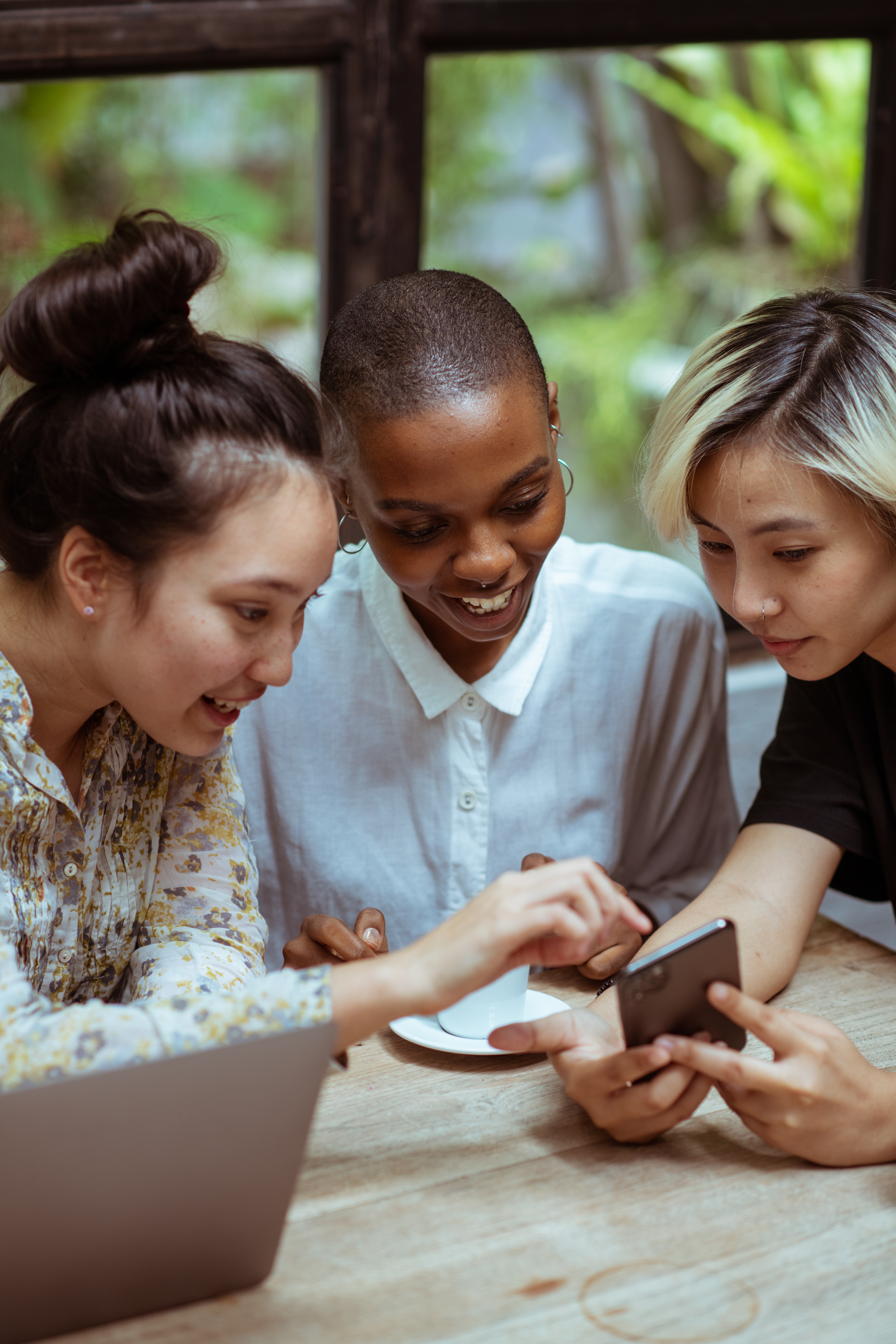Summary
We have made an executive decision as a department to actively select tutor and lab groups in a measured and appropriate manner that can provide an even distribution of international students. This has been a decision made by the Chemistry department committee as an active attempt to improve intercultural and international integration. This will require selecting students work groups prior to the start of each year and making sure that there is the opportunity for student engagement with different cultures and ethnicities within the learning environment. We hope this can negate the propensity for ‘cliques’ of international students to form, which is a natural reaction to studying abroad. However, we feel that the best engagement with the student experience and with the course is by embedding individuals within diverse settings.
Theory
This has been cited as an area in need of improvement not just in the Chemistry department but across the university. As mentioned, the easiest thing for international students to do when studying abroad, is to find friends and peers from their home country. Not that this is deplorable, but in order to foster an integrated university community, we must facilitate the opportunity to work with, integrate and socialise with students from different backgrounds. This especially pertinent with home students as it gives them the opportunity to learn from different cultures while helping international students settle into new environments.
Measurable Benefits
- Promoting multicultural classroom environments.
- Improving international student experience by providing a safe space for integration.
- Helping home university students to be exposed and learn from different cultures and ethnicities.
- Closing any attainment gap with international students.
How it Works
- Identify the international students within a cohort by nationality.
- Split them across the number of groups, minimising the number of students from a particular country in each group (ideally 1 max).
- Find a way to measure if it is having the desired effect e.g. assessment results, student feedback etc.
Practical Example
New for chemistry UG in 2020-21, but found to be effective in chemistry PGT small group teaching through student feedback, assessments and anecdotally based on observations of the social integration.
Supporting Example:
Prof. Sarah Stewart-Brown
Random Seating Arrangements
Tables and chairs are arranged in cabaret style. Each student is given a name card and asked to fill it in on day one and leave it behind on the table where they are sitting that day. The next day the tutor rearranges the name cards so that the students sit with different peers. The process is repeated each morning.
How it Works
- The approach works best if the course involves peer to peer discussion in small groups.
- Tell students that you are going to do this and why it is valuable.
- Give students time to introduce themselves to each other every morning.
Individual Perspective
Many of our students are international and there is a tendency for those from similar cultural backgrounds to seek each other out. Students may also have met each other on other MPH modules and head for a face they know. This approach helps students draw out and use existing knowledge and skills of their peers. This can include knowledge of different cultures and health approaches. Whilst there can be some resistance to begin with students get used to it if the tutor insists that talking to other students is a key part of the course.

